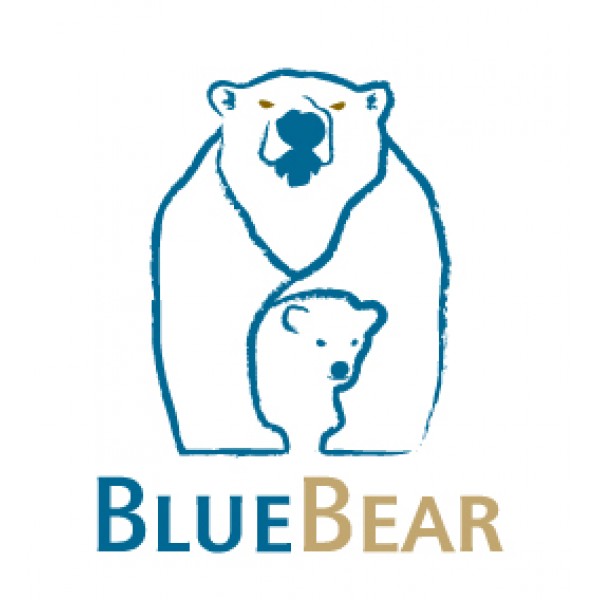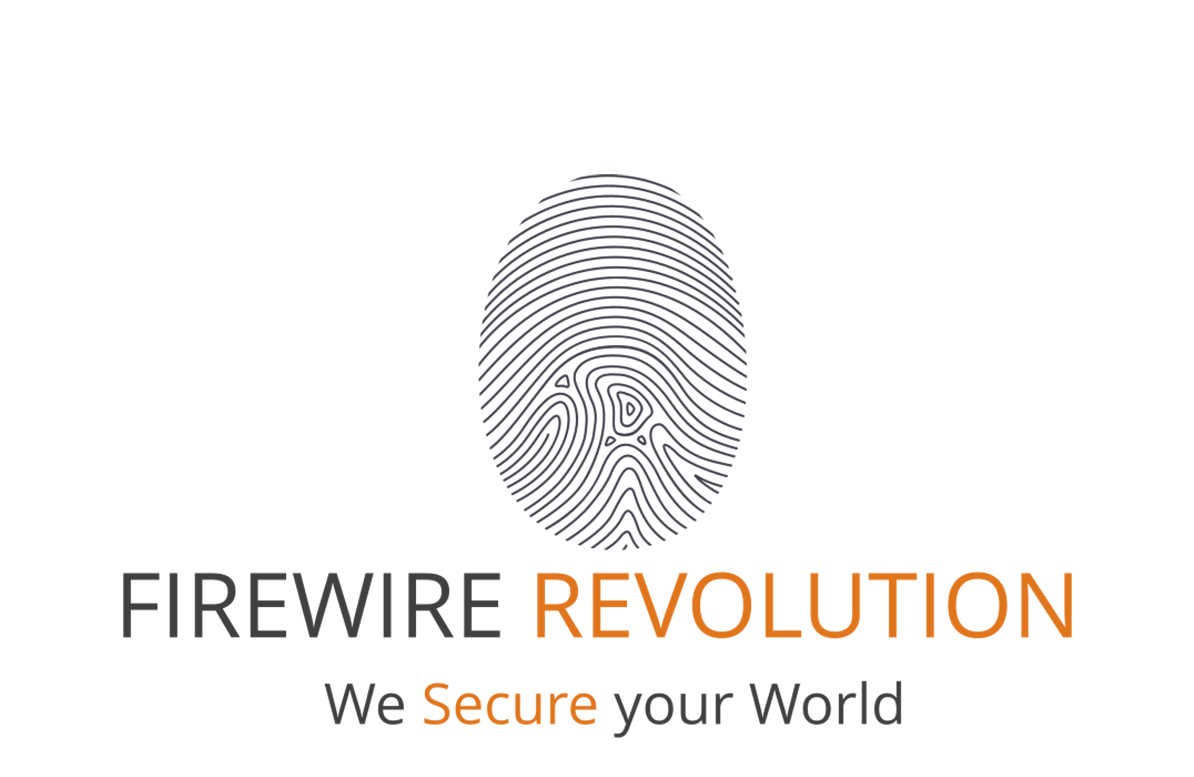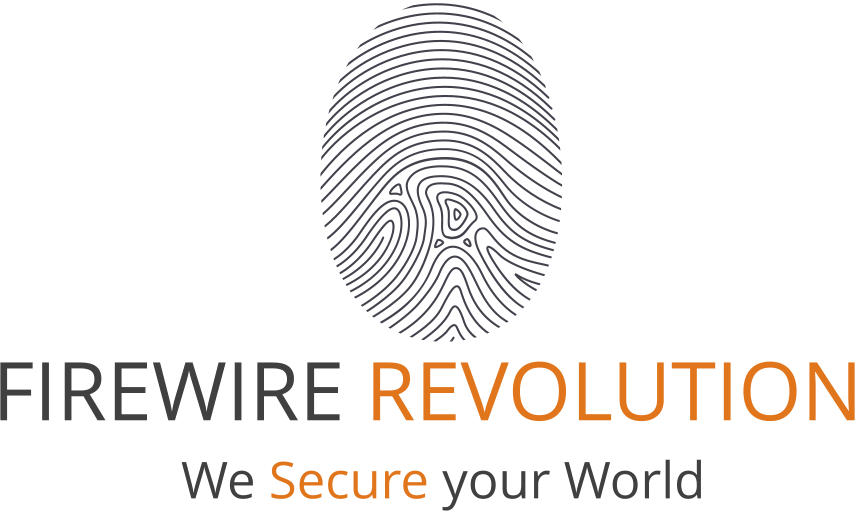

BlueBear LACE
LACE is designed specifically to enable an investigator to review all visual content (images & videos) of a confiscated computer quickly, efficiently, and with minimal stress.
- Popis
Popis
WHAT IS LACE
Court-ready reports are just a few mouse clicks away
LACE is designed specifically to enable an investigator to review all visual content (images & videos) of a confiscated computer quickly, efficiently, and with minimal stress. The majority of the process is fully automated requiring only nominal input from the user such that investigators can do a complete and thorough analysis, rapidly create reports for court prosecution, and then immediately move on to the next case. LACE uses a superbly integrated solution to quickly process the overwhelming load of image and video evidence routinely associated with child exploitation cases. LACE also provides advanced tools to help in the identification of victims, suspects, witnesses, crime scenes, and related cases. This includes the capability to automatically categorize images and videos, detect, extract, and match faces. After case processing is completed, court-ready reports are just a few mouse clicks away. LACE additionally offers a secure means for cross jurisdiction collaboration between police services worldwide.
WHAT LACE DOES
Reduced Stress
LACE Uses a police oriented workflow and polished graphical user interface to reduce investigator workload by processing more cases in less time and with significantly reduced stress.
- Simple, efficient methods of carving image and video files from any computer media
- An intuitive graphical interface for promptly reviewing image and video files
- Image matching and de-duplication of strictly identical images and matching against a reference database using hash values. (MD5 & SHA1)
- Visual matching and de-duplication of images and videos visually identical but with different hash signatures allowing matches to be made to images and videos that have been: cropped, rotated, watermarked, eyes covered, faces covered, stretched, colors changed (B&W, Sepia, etc.), thumbnailed, format changed (JPEG vs. TIFF vs. PNG, vs. GIF, etc.), resolution changed, and damaged files (partially deleted or downloaded, forensically recovered)
- A dramatic reduction (80 to 95%) in the number of media-evidence files that require manual review
- Compatibility with existing forensic software like Xways, Encase, and FTK
- A reduction in investigator stress levels
- A reduction in case analysis time, by a factor of ten or more
- A reduction in court trial preparation
- A means to identify victims and suspects
- A means to collaborate with other linked ICE units worldwide by easily and securely sharing case results


